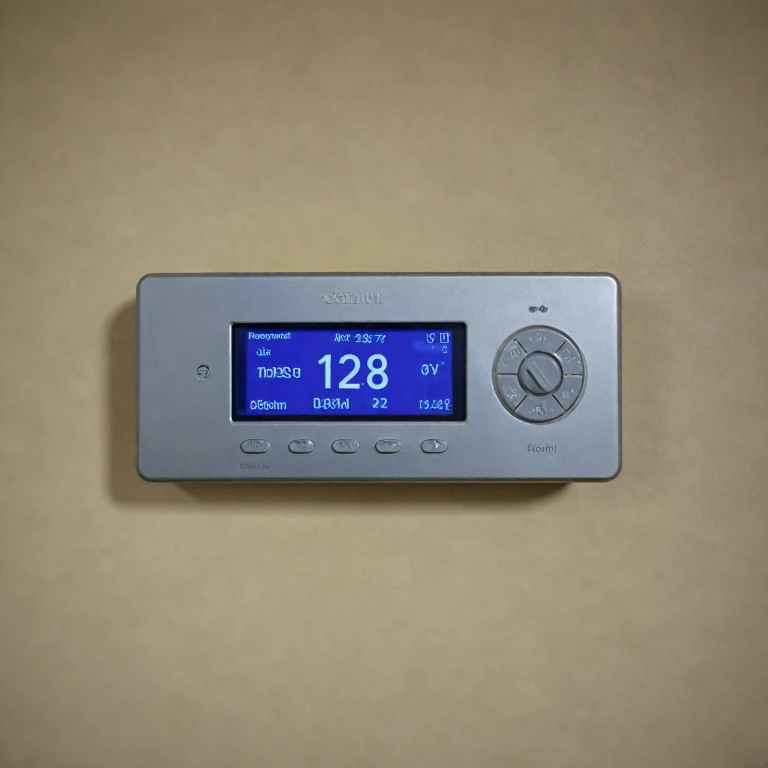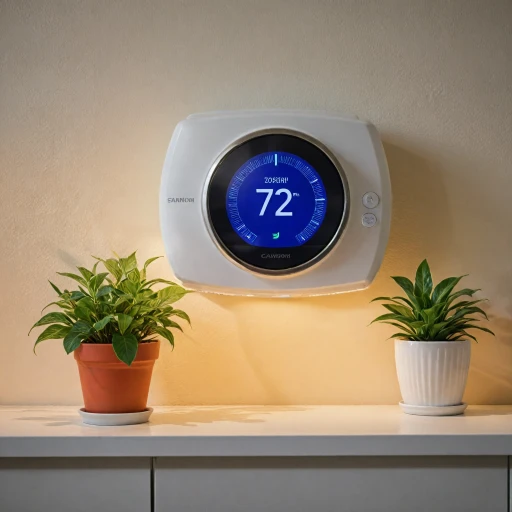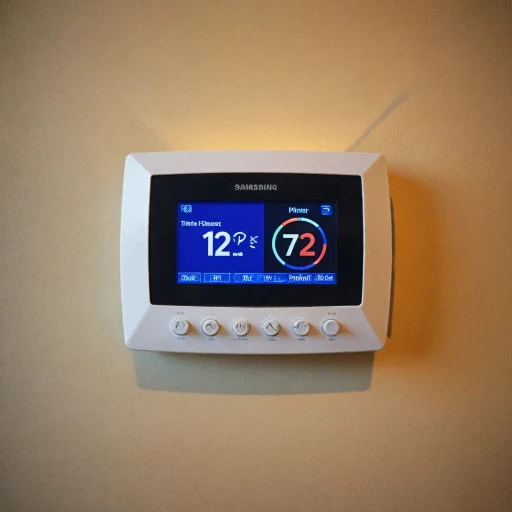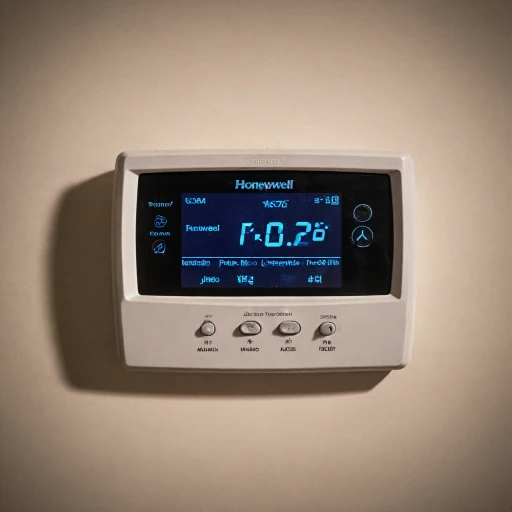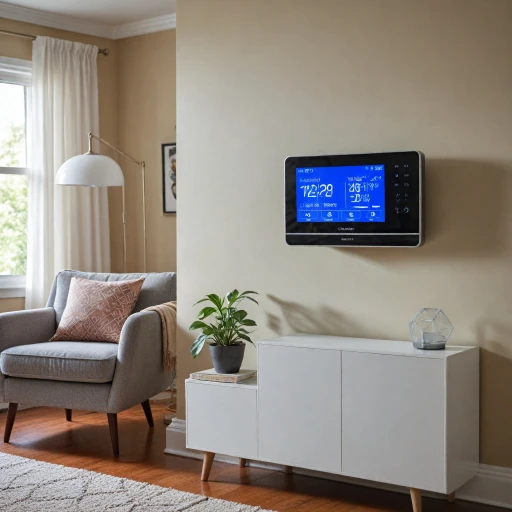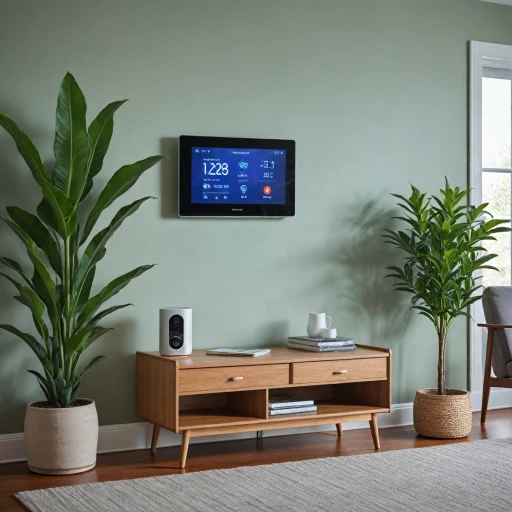
Understanding the Need for a Reset
Why Performing a Reset is Essential
Resetting your Honeywell thermostat can be an essential step in maintaining the optimal functionality of your HVAC system. Whether you own a Honeywell programmable thermostat or a Honeywell smart thermostat, understanding when and why to perform a reset could save you from encountering frustrating issues with your heating and cooling schedule. Resetting can help when:- Your thermostat isn’t responding as expected.
- You’ve made changes to your home energy settings.
- The temperature settings seem inaccurate.
- You've recently updated other components of your HVAC system.
Identifying Your Honeywell Thermostat Model
Determining Your Honeywell Thermostat Model
To reset your Honeywell thermostat effectively, the first crucial step is identifying the exact model you own. Understanding your thermostat model ensures you follow the appropriate reset procedures tailored for it, especially when dealing with programmable or smart models. As Honeywell offers various models, such as those operating via buttons, touchscreens, or smart interfaces, recognizing your specific model is essential in streamlining the reset process and addressing common issues efficiently.
Here's how you can identify your thermostat model:
- Check the Display and Casing: Most Honeywell thermostats display the model number prominently on the front cover or inside, near where the device opens for battery replacement.
- Refer to the User Manual: If you have the original packaging or manual, the model number is typically located there. For those who may have misplaced these, manufacturers often have digital copies online.
- Access Online Resources: Honeywell's official website provides resources to help consumers identify their thermostat models. Moreover, resources on troubleshooting your Honeywell thermostat can provide further assistance if you're encountering difficulties.
After identifying the model, you're better prepared to proceed with resetting, whether it requires pressing a reset button or accessing menus on smart interfaces. Knowing your model can also help in restoring your preferred settings post-reset, ensuring optimal efficiency in your HVAC system. Always double-check the model to avoid accidentally performing a factory reset when simple settings adjustments might suffice.
Step-by-Step Guide to Resetting
Guide to Truly Resetting Your Thermostat
When it comes time to reset your Honeywell thermostat, understanding the process step-by-step is essential to ensure everything goes smoothly. The steps may vary based on your specific model, with some thermostats offering a reset button while others might require navigating through menu options to perform a factory reset.
1. Start by locating the menu icon on your Honeywell thermostat. Depending on the model, this may be a physical button or part of a digital interface. Press menu to access the settings.
2. Scroll through the menu options using the arrow keys or touch screen, and select reset. On some models, you might find it under setup select.
3. Opt for a factory reset by selecting the specific option within the reset menu. This brings your thermostat back to its default state, erasing all personalized schedules and settings you've established.
4. Confirm the reset action when prompted. The thermostat will take a moment to reset and then restart, displaying default temperature and heating/cooling settings.
5. Once the reset is complete, you can begin programming your thermostat again. Remember, an organized schedule enhances energy efficiency and could positively impact your HVAC system's lifespan.
Congratulations on completing the reset! By doing this, you'll be setting a strong foundation for your Honeywell smart thermostat to function at its peak. For further advice on maximizing efficiency, revisit your settings and customize your programs carefully.
Common Issues and Troubleshooting
Dealing with Frequent Problems and How to Troubleshoot Them
Even after successfully performing the Honeywell thermostat reset, you might encounter issues that affect functionality. Here's how to address common problems and enhance your thermostat's efficiency:- Unresponsive Thermostat: If your thermostat seems unresponsive post-reset, ensure that it's connected to the power supply. Verify that the reset button has been pressed completely and that the battery, if applicable, is charged.
- Inaccurate Temperature Readings: After resetting, the thermostat may display incorrect temperature readings. Check if the temperature settings need adjustment or if the sensors require recalibration.
- HVAC System Not Reacting: Sometimes, the system may not respond after the Honeywell reset. Monitor if the HVAC system is set correctly under the new setup. Double-check the connections between the thermostat and the HVAC unit.
- Loss of Programmable Schedule: Performing a reset press on your thermostat will often delete prior schedules. Make sure to press menu and select the desired settings that suit your schedule needs.
- Wi-Fi Connectivity Issues: If you have a smart thermostat, disruptions might occur after a reset. Re-enter your Wi-Fi password when prompted, and ensure that your thermostat connects properly.
Maximizing Efficiency Post-Reset
Enhancing Energy Efficiency After a Reset
Congratulations on successfully completing the reset of your Honeywell thermostat! Now, it's time to maximize the efficiency of your heating and cooling system. Optimizing your thermostat settings post-reset can result in significant energy savings and improved comfort.
Here are some tips to get the most out of your thermostat:
- Programmable Schedules: With programmable thermostats, you can set different temperature schedules for different times of the day. This allows you to reduce energy use when the house is empty or everyone is asleep.
- Optimize Temperature Settings: Find a balance between comfort and energy savings. Adjust the temperature settings using the thermostat's menu to ensure your HVAC system is not overworking.
- Seasonal Adjustments: Don't forget to modify your thermostat schedules and temperatures with the changing seasons. This small step can have a big impact on your energy efficiency.
- Use Energy Saving Modes: Many Honeywell smart thermostats come with pre-programmed energy-saving modes. Make sure to explore these options within your device's settings menu.
- Routine Maintenance: Regularly perform maintenance checks on your HVAC system. A well-maintained system is more efficient and ensures the thermostat can operate optimally.
By following these strategies and regularly reviewing your thermostat's performance, you'll be well on your way to a more efficient home environment. Don't hesitate to reach for professional help if you encounter persistent issues that resetting doesn't solve.
When to Seek Professional Help
Knowing When It's Time to Get Professional Assistance
When handling a Honeywell thermostat reset, there are scenarios where calling in a professional might be the best route. Although the troubleshooting section might have given you insights into dealing with common reset issues, occasionally, the problem requires an expert's touch. Here’s when you should consider reaching out:- Persistent Problems: If the thermostat continuously fails to maintain the desired temperature despite multiple resets, professional intervention can help in diagnosing potential HVAC system malfunctions.
- Complex Settings: For those using advanced features and programmable functions in Honeywell smart thermostats, if adjusting the schedule and settings through the menu proves challenging, expert assistance ensures optimal configuration.
- Physical Malfunctions: Issues like non-responsive buttons or menu icons might indicate hardware problems that necessitate technical repairs or replacements.
- Unclear Error Messages: If you encounter cryptic error codes, a professional can accurately interpret and resolve them, ensuring that your device operates efficiently.
- Factory Reset Missteps: Performing a factory reset repeatedly without resolving issues might point to deeper-seated problems that an HVAC technician could better handle.
